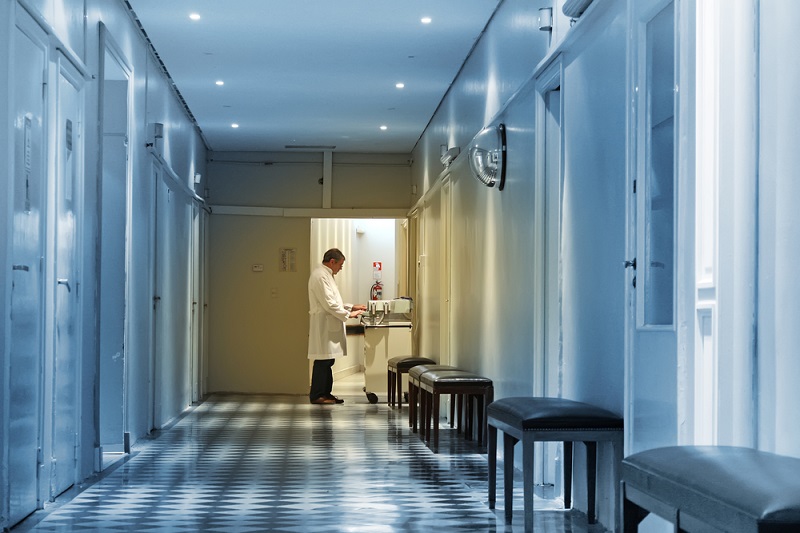Hospital Stays Result in Over 720,000 Infections Yearly

About 1 in 25 hospitalized patients in the United States has an infection related to their hospital stay, according to new data from the Centers for Disease Control and Prevention that highlight the need for continued efforts to prevent such infections.
In 2011, an estimated 648,000 patients had at least one infection they aquired in a hospital, resulting in about 722,000 hospital-related infections for that year, according to a new report. On any given day, 4 percent of hospitalized patients had at least one hospital-related infection, and as many as 1 in 9 died from their infection, the report found.
The most common infections acquired in hospitals were pneumonia (about 22 percent of all infections), surgical site infections after an operation (22 percent), gastrointestinal infections (17 percent) and urinary tract infections (13 percent), according to the report, published today (March 26) in the New England Journal of Medicine. [6 Superbugs to Watch Out For]
The most common microbes that caused these infections were the bacteria Clostridium difficile (12 percent of infections), the bacteria Staphylococcus aureus (11 percent) and the bacteria Klebsiella (10 percent).
Still, some progress has been made in preventing such health care-associated infections in recent years, according to a second CDC report, also released today.
Between 2008 and 2012, there was a 44 percent decrease in bloodstream infections related to catheters placed into patient's veins (known as central lines), and a 20 percent decrease in infections related to certain surgical procedures. But there was only a 2 percent decrease in C. difficile infections acquired in hospitals between 2011 and 2012, and a 3 percent increase in urinary tract infections related to catheters between 2009 and 2012.
"As a nation, we're moving in the right direction but there's a great deal of work to be done," Dr. Michael Bell, deputy director of CDC’s Division of Healthcare Quality Promotion, told reporters today.
Get the world’s most fascinating discoveries delivered straight to your inbox.
Health officials are using the information in the new reports to identify areas and facilities that need to improve in preventing certain hospital-related infections, and then targeting those areas, Bell said.
Programs to prevent health care-associated infections have traditionally focused on infections tied to devices placed in the body, such as catheters and central lines, but the New England Journal of Medicine report found that more than half (52.6 percent) of infections are not associated with devices or surgical procedures. Instead, they may be related to other factors, such as antibiotic misuse.
"This finding should expand the public health focus to include these other types of infections," and develop effective prevention measures for them, the researchers said.
Earlier this month, the CDC issued a renewed call for appropriate use of antibiotics in hospitals, because improper use of these medications can increase the risk of infections with C. difficile.
Patients can also take steps to help protect themselves from hospital infections, Bell said. Patients or their family members can ask their health care providers whether they've washed their hands before caring for the patient, Bell said. And if the patient has a catheter, they can ask when it will be taken out, and ask again if it is not removed on time, Bell said.
"It's hard, but you have to ask questions," Bell said. "The entire medical team wants you to get better," and such questions can be a helpful reminder, he said.
Follow Rachael Rettner @RachaelRettner. Follow Live Science @livescience, Facebook & Google+. Original article on Live Science.

Rachael is a Live Science contributor, and was a former channel editor and senior writer for Live Science between 2010 and 2022. She has a master's degree in journalism from New York University's Science, Health and Environmental Reporting Program. She also holds a B.S. in molecular biology and an M.S. in biology from the University of California, San Diego. Her work has appeared in Scienceline, The Washington Post and Scientific American.


